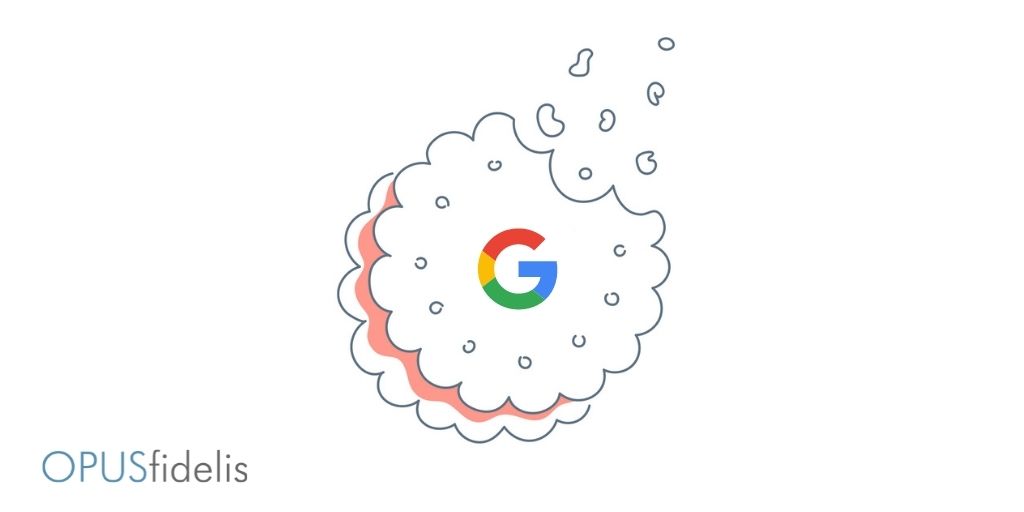Following the introduction of Apple’s AppTrackingTransparency (ATT) update, marketers have been scrambling to come up with alternative strategies for generating revenue and targeting ads as more iOS users opt out of data tracking. While Google had originally intended to introduce its own version of the update in 2022, it recently announced that it will delay the update until at least 2023, if not later. That means that marketers still have a fair amount of time to invent alternative strategies before Google has phased out third-party cookies.
What Google had to say
Google is trying to minimize adverse disruption to “the business models of many web publishers which support freely available content.” In their updated timeline, the company explained:
“We plan to continue to work with the web community to create more private approaches to key areas, including ad measurement, delivering relevant ads and content, and fraud detection. Today, Chrome and others have offered more than 30 proposals, and four of those proposals are available in origin trials. For Chrome, specifically, our goal is to have the key technologies deployed by late 2022 for the developer community to start adopting them. Subject to our engagement with the United Kingdom’s Competition and Markets Authority (CMA) and in line with the commitments we have offered, Chrome could then phase out third-party cookies over a three month period, starting in mid-2023 and ending in late 2023.”
A space for exploring solutions
While the phaseout takes place, Google has begun the Privacy Sandbox initiative to explore possible alternatives to third-party cookies. As regulations continue to evolve, Privacy Sandbox provides a space to test alternatives for digital ad targeting in an environment that is increasingly focused on privacy protections.


